New Ttint IoT botnet exploits two zero-days in Tenda routers
Security Affairs
OCTOBER 5, 2020
The experts are monitoring the Mirai-based botnet since November 2019 and observed it exploiting two Tenda router 0-day vulnerabilities to spread a Remote Access Trojan (RAT). ” When the botnet was first detected in 2019, experts noticed it was exploiting the Tenda zero-day flaw tracked as CVE-2020-10987.

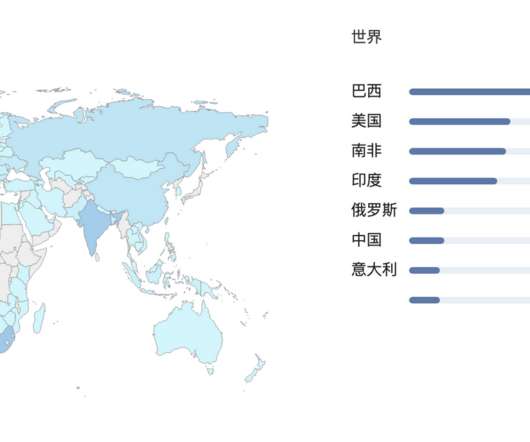
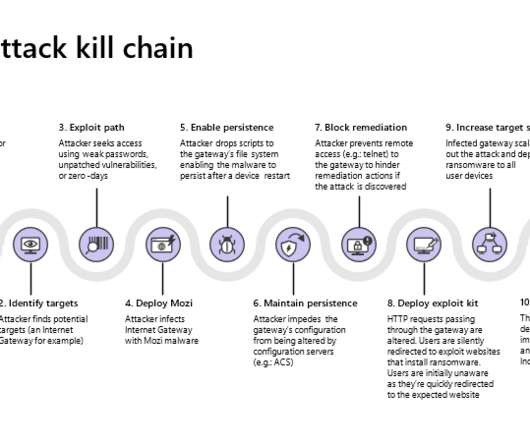
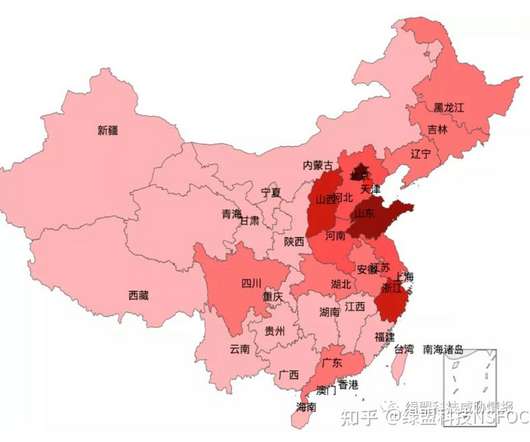

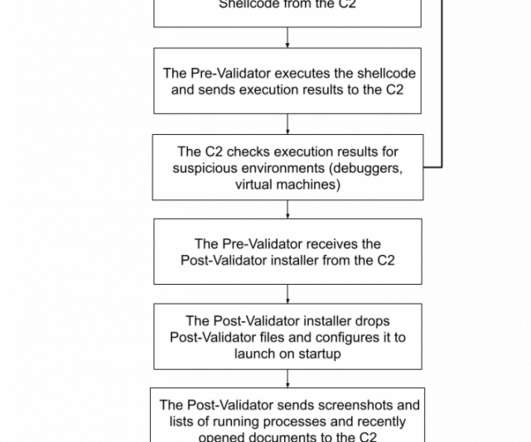
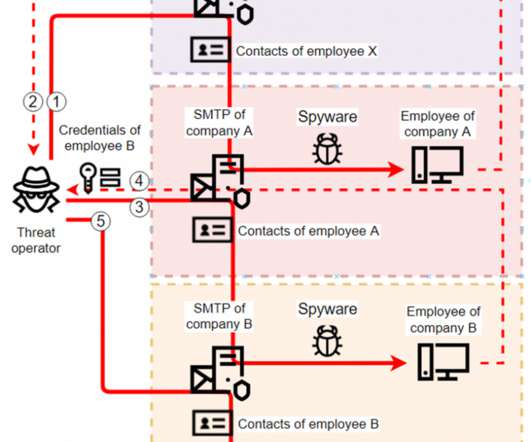








Let's personalize your content